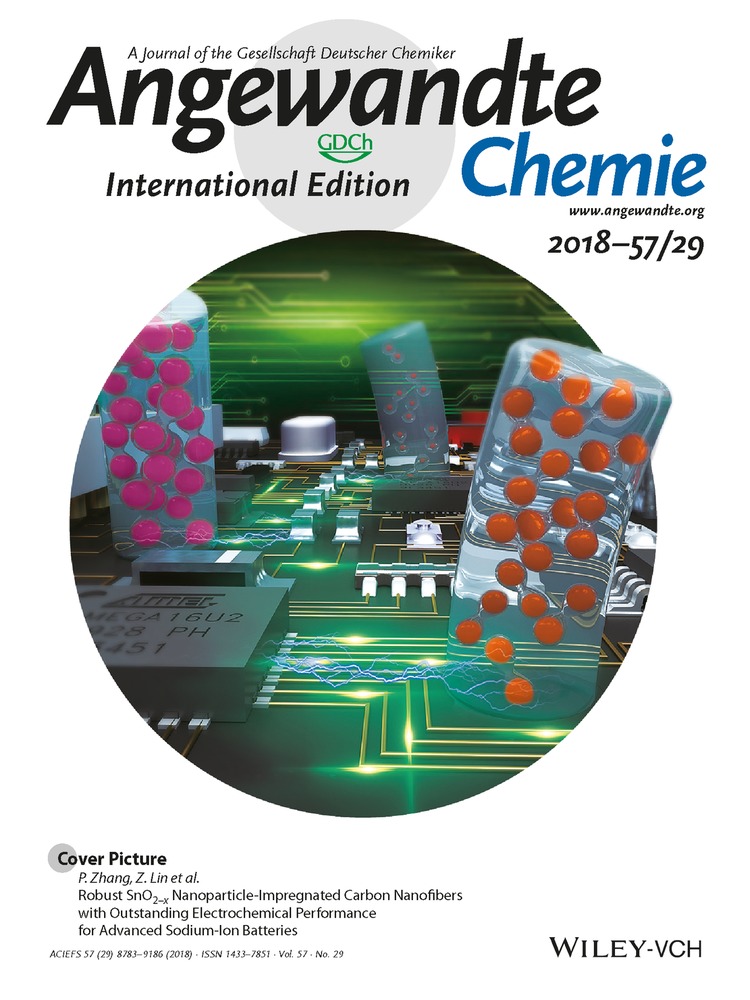Direct Real-Time Monitoring of Prodrug Activation by Chemiluminescence
Graphical Abstract
Ray of light: A chemiluminescence detection mode offers significant advantages over fluorescence, mainly due to a superior signal-to-noise ratio. A theranostic prodrug that is monitored through a chemiluminescence diagnostic mode was designed. As a representative example, a prodrug was prepared from the chemotherapeutic monomethyl auristatin E, which was modified for activation by β-galactosidase.
Abstract
The majority of theranostic prodrugs reported so far relay information through a fluorogenic response generated upon release of the active chemotherapeutic agent. A chemiluminescence detection mode offers significant advantages over fluorescence, mainly due to the superior signal-to-noise ratio of chemiluminescence. Here we report the design and synthesis of the first theranostic prodrug monitored by a chemiluminescence diagnostic mode. As a representative model, we prepared a prodrug from the chemotherapeutic monomethyl auristatin E, which was modified for activation by β-galactosidase. The activation of the prodrug in the presence of β-galactosidase is accompanied by emission of a green photon. Light emission intensities, which increase with increasing concentration of the prodrug, were linearly correlated with a decrease in the viability of a human cell line that stably expresses β-galactosidase. We obtained sharp intravital chemiluminescent images of endogenous enzymatic activity in β-galactosidase-overexpressing tumor-bearing mice. The exceptional sensitivity achieved with the chemiluminescence diagnostic mode should allow the exploitation of theranostic prodrugs for personalized cancer treatment.





